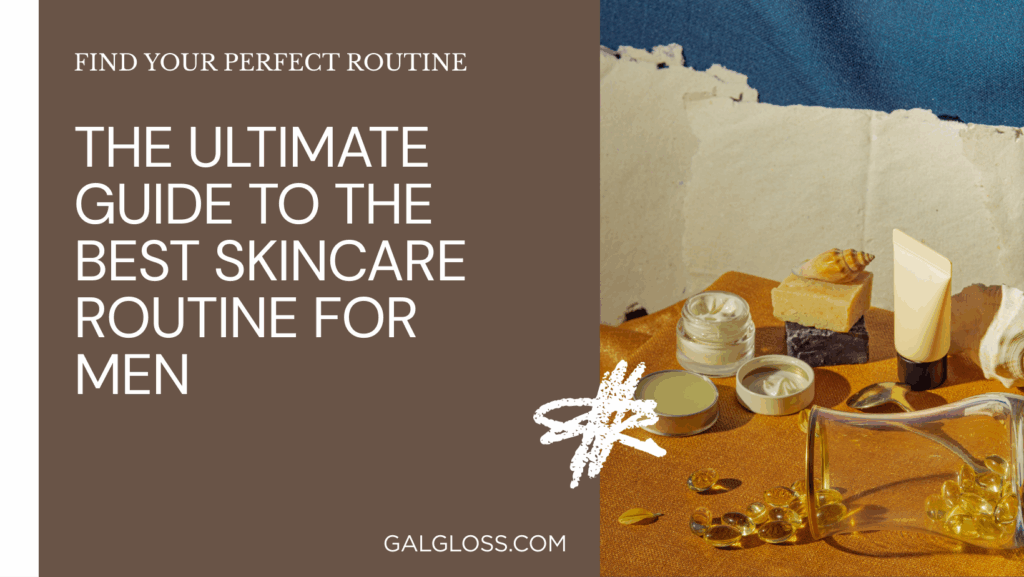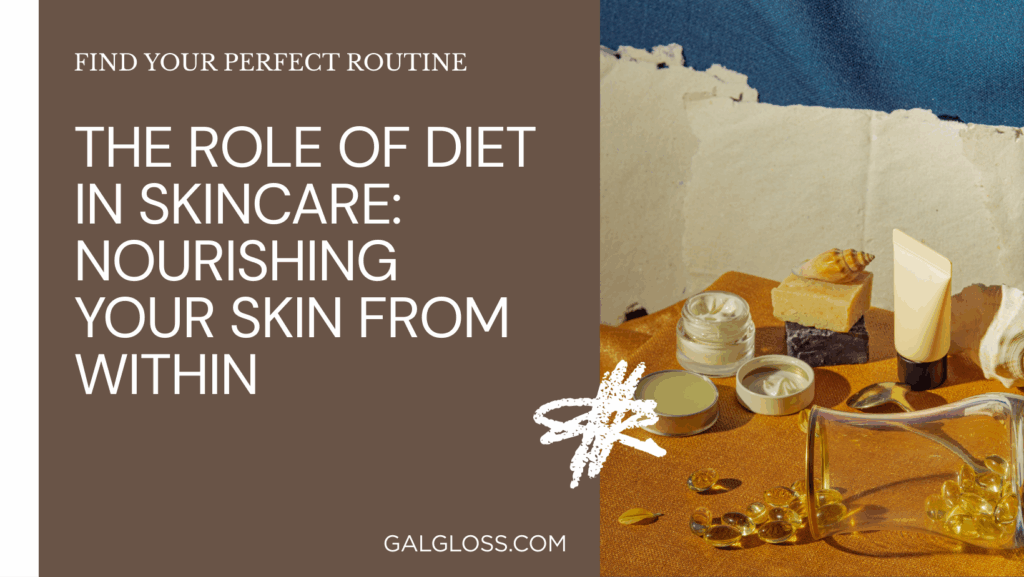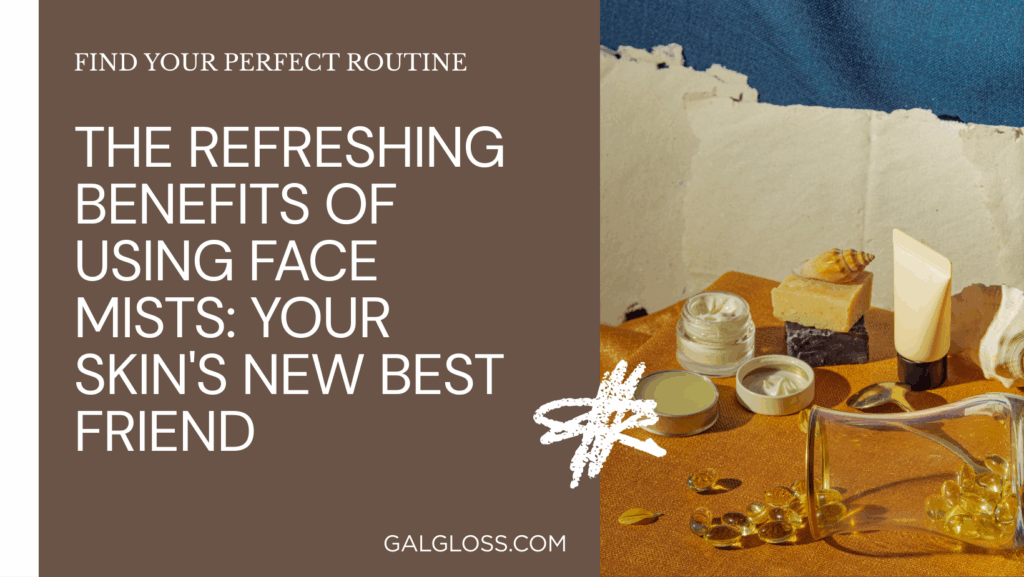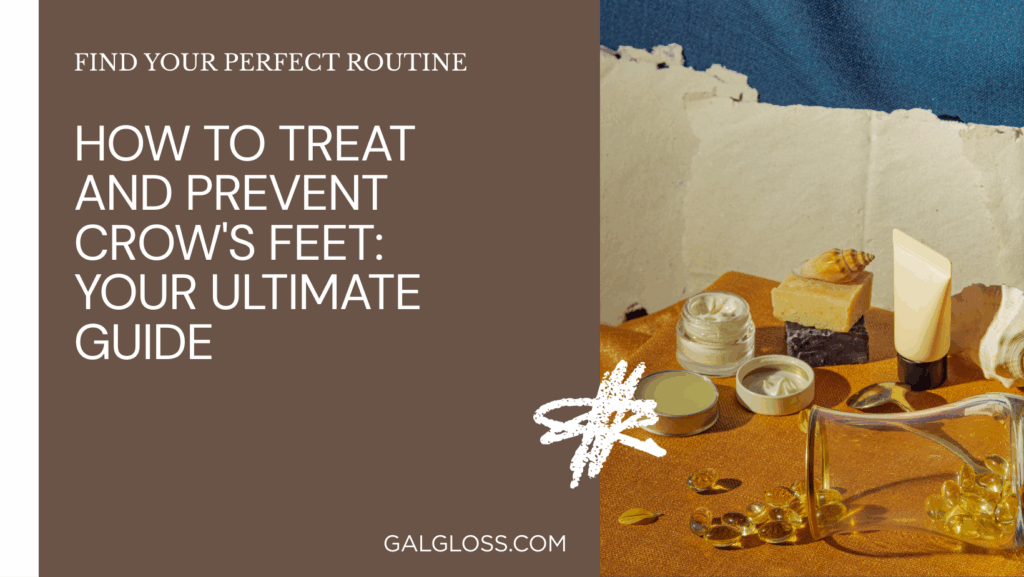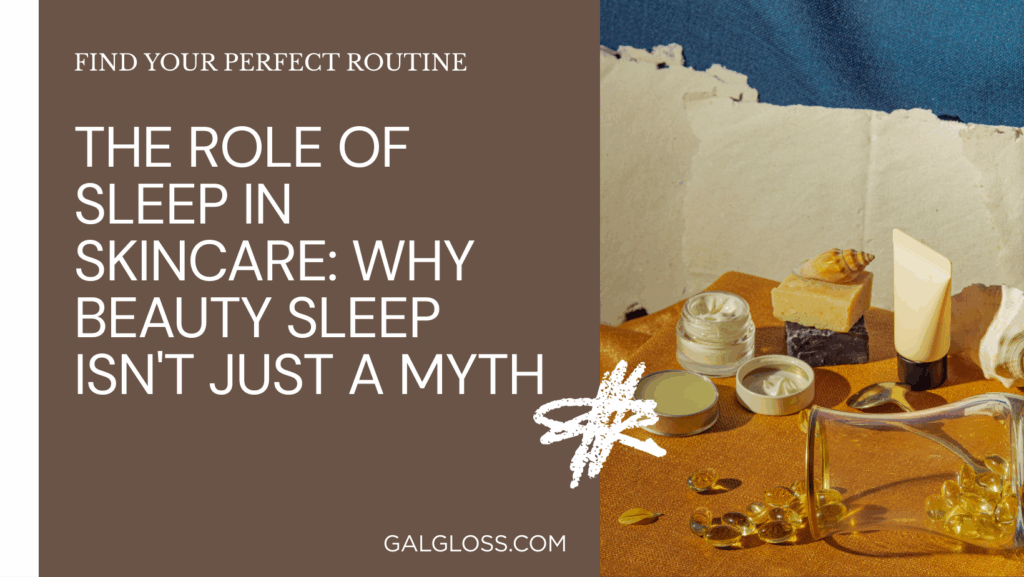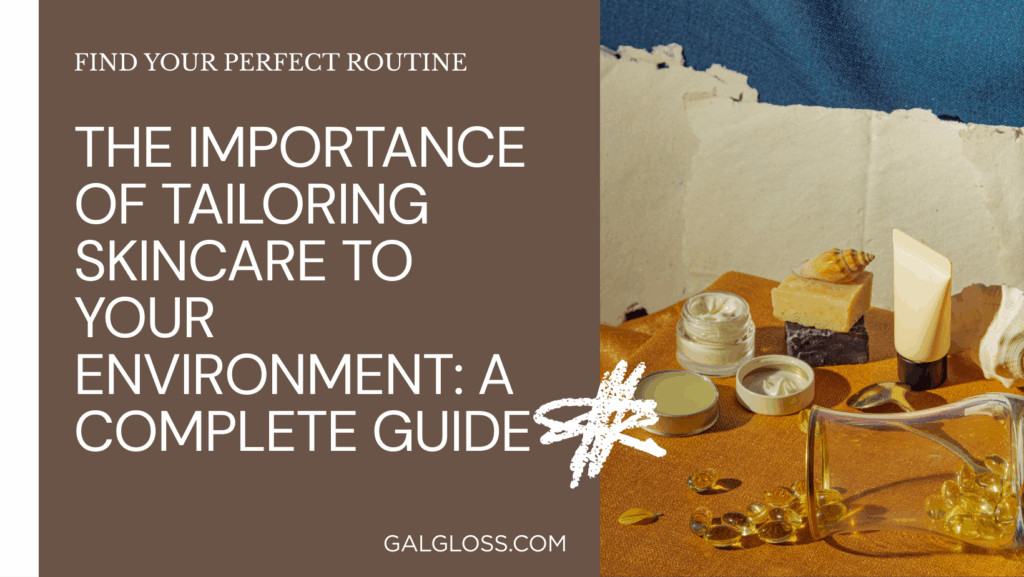Ever wondered why everyone’s raving about face oils? You’re not alone! These little bottles of liquid gold have taken the skincare world by storm, and for good reason. But what exactly are face oils, and why should you care?
Face oils are concentrated plant extracts packed with nutrients that can work wonders for your skin. Think of them as nature’s powerhouse, delivering a potent dose of vitamins, antioxidants, and fatty acids directly to your face. Unlike your run-of-the-mill moisturizers, face oils mimic your skin’s natural sebum, making them a match made in skincare heaven.
But here’s the kicker: face oils aren’t just for dry skin anymore. Whether you’re battling acne, fighting wrinkles, or just want that enviable glow, there’s a face oil out there for you. Ready to dive into the world of facial oils and discover how they can transform your skin? Let’s get started!
Understanding Face Oils: More Than Just Grease
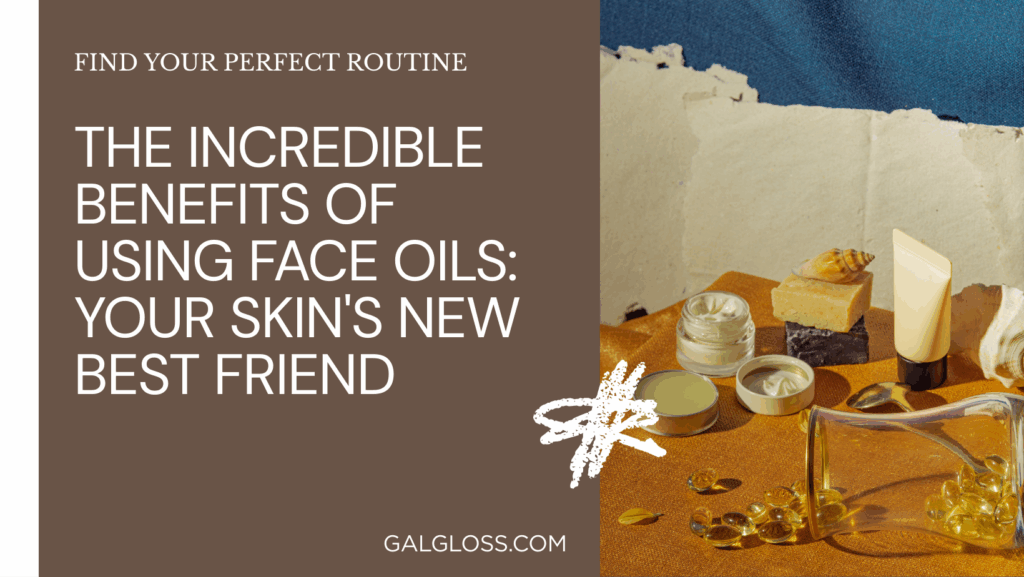
So, how do face oils work their magic? It’s all about mimicry. Your skin naturally produces oil (sebum) to protect and nourish itself. Face oils work similarly, but with a turbo boost of skin-loving ingredients.
Types of Face Oils
Not all face oils are created equal. Here’s a quick rundown:
- Carrier oils: These make up the base of most face oil blends. Examples include jojoba, argan, and grapeseed oil.
- Essential oils: Highly concentrated plant extracts often added for their therapeutic properties and scent.
- Synthetic oils: Lab-created oils designed to mimic natural oils’ benefits.
Debunking Face Oil Myths
Let’s clear the air on some common misconceptions:
- Myth: Face oils make your skin greasy.
- Fact: The right face oil can actually balance oil production!
- Myth: Face oils cause breakouts.
- Fact: Many face oils are non-comedogenic and can help manage acne.
- Myth: Face oils are only for dry skin.
- Fact: There’s a face oil for every skin type, from oily to sensitive.
Top 10 Benefits of Using Face Oils
Ready for the good stuff? Here are the top 10 reasons to add a face oil to your skincare routine:
- Deep hydration: Face oils penetrate deep into the skin, providing long-lasting moisture.
- Anti-aging properties: Packed with antioxidants, face oils fight free radicals that cause premature aging.
- Balancing oil production: Counterintuitive as it sounds, face oils can help regulate your skin’s natural oil production.
- Soothing inflammation: Many face oils have anti-inflammatory properties, calming irritated skin.
- Enhancing skin’s natural barrier: Face oils strengthen your skin’s protective layer, keeping good stuff in and bad stuff out.
- Boosting radiance: Want that coveted glow? Face oils can deliver!
- Improving makeup application: A drop of oil can help your foundation glide on smoothly.
- Protecting against environmental damage: Face oils create a barrier against pollution and other environmental stressors.
- Reducing the appearance of scars: Some face oils can help fade acne scars and hyperpigmentation.
- Versatility for all skin types: There’s a face oil out there for everyone, from oily to dry and everything in between.
How to Choose the Right Face Oil
Picking the perfect face oil isn’t rocket science, but it does require a bit of know-how. Here’s your cheat sheet:
Consider Your Skin Type
- Oily/Acne-prone: Look for lightweight oils like grapeseed or jojoba.
- Dry: Rich oils like argan or avocado are your best bet.
- Sensitive: Calm things down with chamomile or calendula-infused oils.
- Combination: Try a blend of oils or stick to adaptable ones like squalane.
Popular Face Oil Ingredients
- Jojoba oil: Similar to human sebum, great for all skin types
- Argan oil: Rich in vitamin E, perfect for dry or aging skin
- Rosehip oil: Packed with vitamin C, excellent for brightening
- Tea tree oil: Natural antibacterial properties, good for acne-prone skin
- Marula oil: High in antioxidants, suitable for most skin types
Reading Labels: What to Look For (and Avoid)
Always opt for cold-pressed, organic oils when possible. Avoid oils with added fragrances or preservatives, which can irritate sensitive skin.
Incorporating Face Oils into Your Skincare Routine
Now that you’ve chosen your face oil, let’s talk about how to use it:
When to Apply Face Oils
Face oils are typically applied as the last step in your skincare routine, after serums and moisturizers. For an extra boost, try using them at night when your skin goes into repair mode.
How to Apply Face Oils
Less is more! Start with 2-3 drops and warm it between your palms. Gently press (don’t rub!) the oil into your skin.
Mixing with Other Skincare Products
Try adding a drop of face oil to your moisturizer or foundation for an extra glow boost. Just remember: oil and water don’t mix, so avoid combining with water-based products.
DIY Face Oil Recipes
Feeling crafty? Why not whip up your own face oil blend? Here are a couple of simple recipes to get you started:
Balancing Blend for Oily Skin
- 2 tablespoons jojoba oil
- 1 tablespoon grapeseed oil
- 3 drops tea tree essential oil
Nourishing Blend for Dry Skin
- 2 tablespoons argan oil
- 1 tablespoon rosehip oil
- 2 drops lavender essential oil
Mix ingredients in a dark glass bottle and shake well before each use.
Potential Side Effects and Precautions
While face oils are generally safe, it’s always wise to proceed with caution:
Allergies and Sensitivities
Some people may be allergic to certain plant oils. If you have known allergies, check the ingredient list carefully.
Patch Testing
Before slathering that new face oil all over, do a patch test. Apply a small amount to your inner arm and wait 24 hours to check for any adverse reactions.
Face Oils vs. Other Moisturizers
So how do face oils stack up against traditional moisturizers?
Creams and Lotions
Pros:
- Often lighter in texture
- Can be more hydrating for very dry skin
- May contain additional beneficial ingredients like SPF
Cons:
- Can contain preservatives and artificial fragrances
- May not penetrate as deeply as oils
Face Oils
Pros:
- More concentrated, a little goes a long way
- Often more natural and less processed
- Can be multi-purpose (hair, nails, etc.)
Cons:
- Can feel heavy on some skin types
- May not provide enough hydration for very dry skin on their own
The verdict? Both have their place in a skincare routine. Many people find success using a lightweight moisturizer followed by a few drops of face oil.
Frequently Asked Questions
Still have questions? I’ve got answers!
Are face oils suitable for oily skin?
Absolutely! The right face oil can actually help balance oil production. Look for lightweight oils like jojoba or grapeseed.
Can face oils cause breakouts?
While it’s possible, many face oils are non-comedogenic (won’t clog pores). If you’re acne-prone, start with a small amount and patch test first.
How long does it take to see results from using face oils?
Everyone’s skin is different, but many people notice improved hydration and glow within a few days. For more significant changes like reduced fine lines or faded dark spots, give it at least 4-6 weeks.
The Bottom Line: Face Oils for the Win
There you have it, folks – the lowdown on face oils. From deep hydration to anti-aging benefits, these little bottles pack a serious skincare punch. And the best part? There’s a face oil out there for everyone, regardless of your skin type or concerns.
Remember, skincare isn’t one-size-fits-all. It might take some trial and error to find your perfect face oil match. But once you do, get ready for some seriously happy skin.
So why not give face oils a shot? Your skin’s new best friend might just be a dropper away. Who knows? You might find yourself wondering how you ever lived without them. Here’s to glowing, healthy skin – powered by the magic of face oils!
